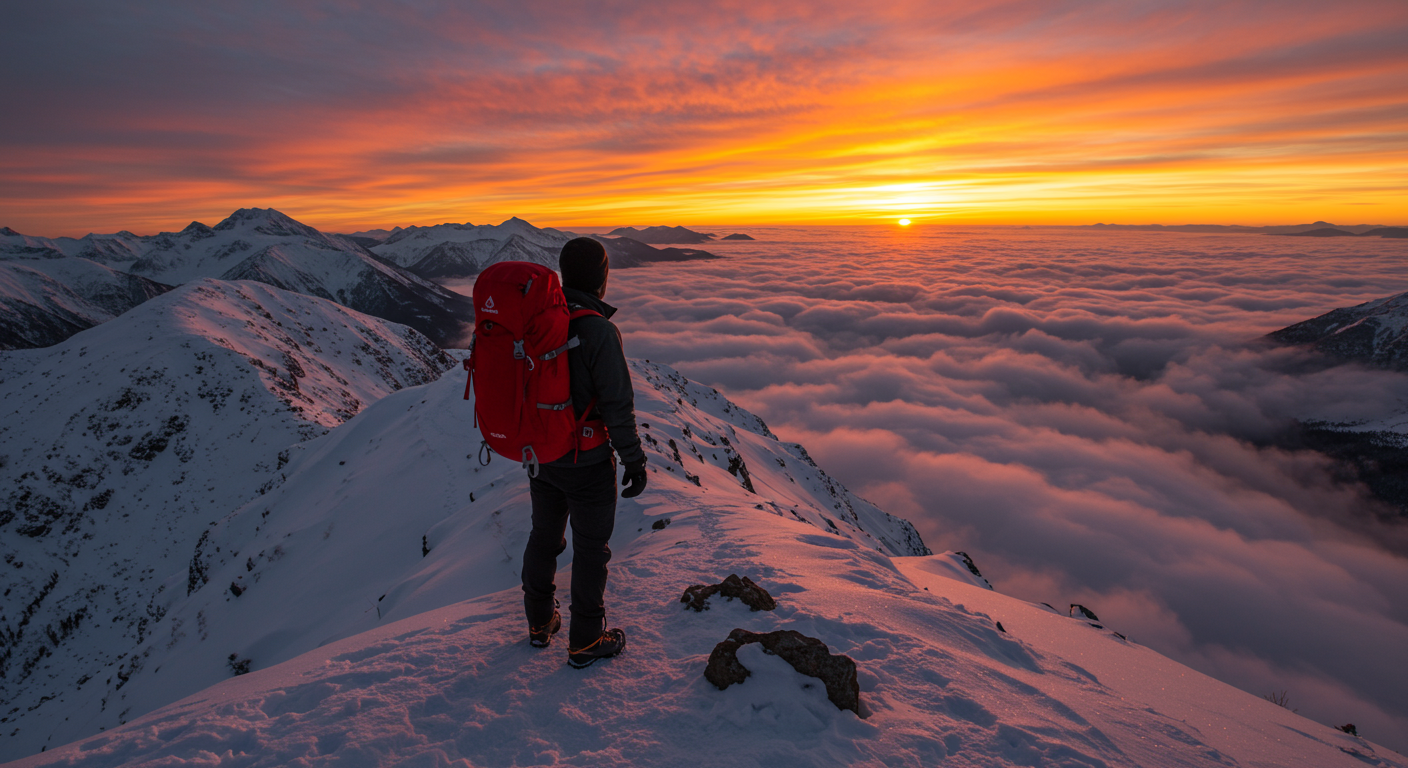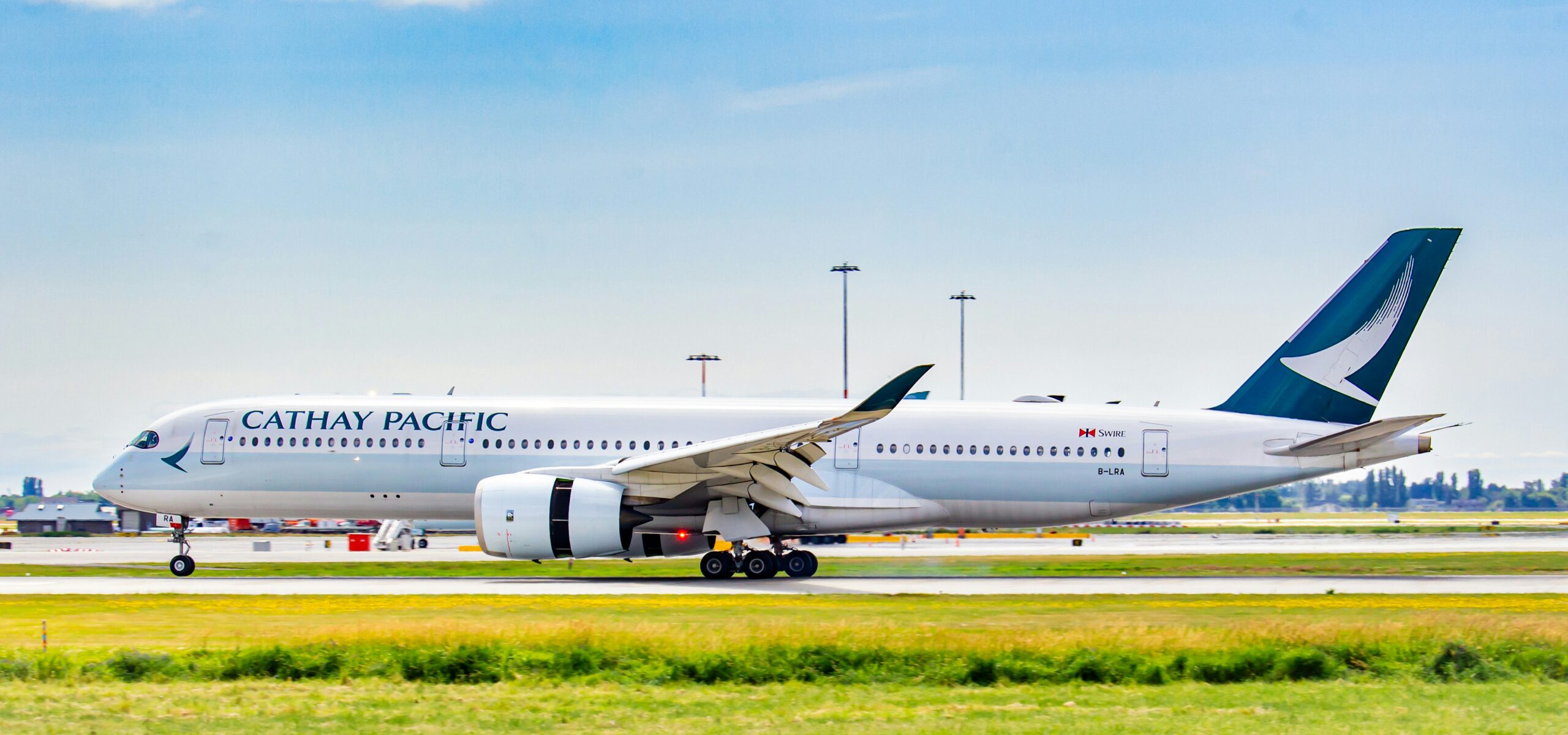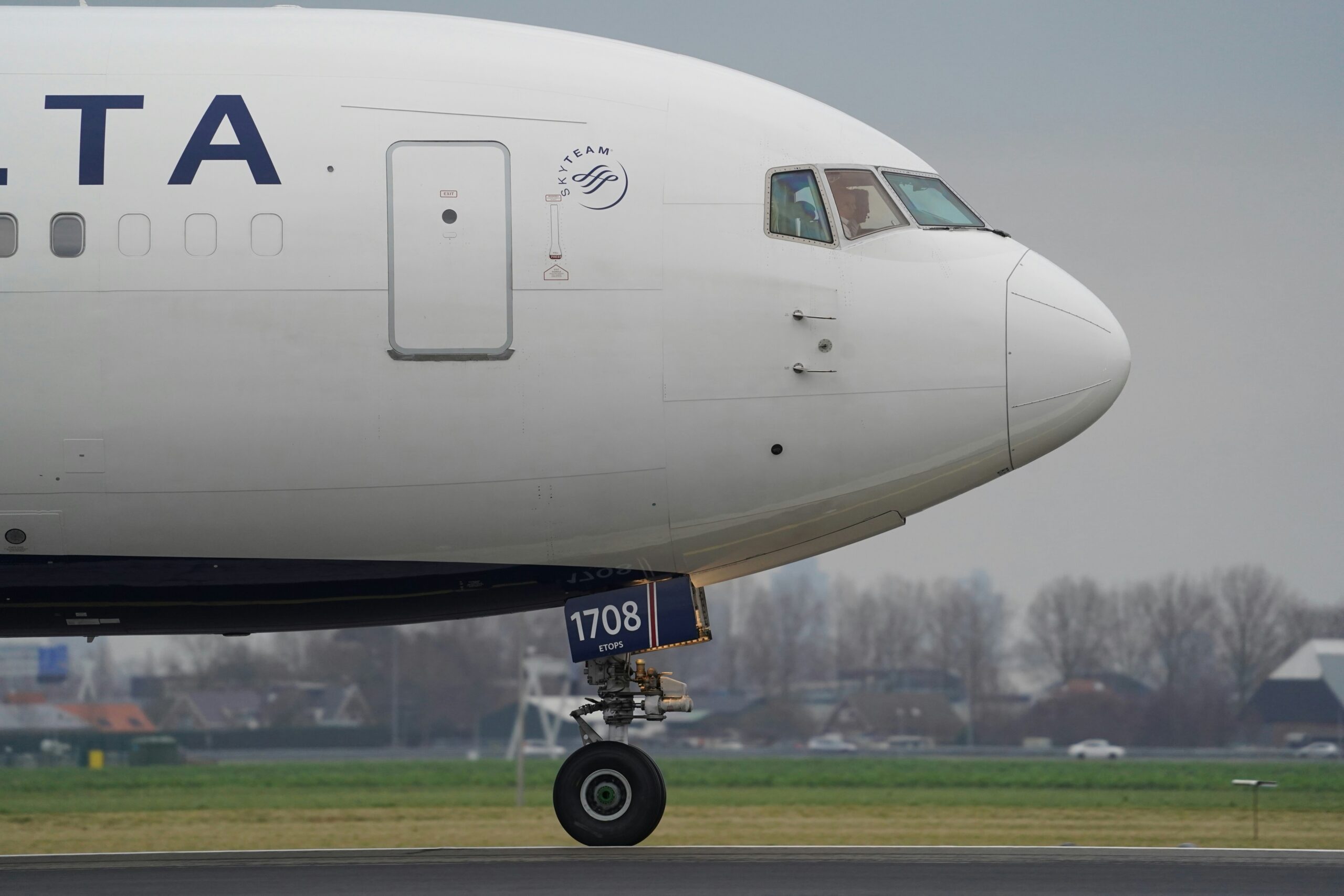Heading into high-altitude adventures can be an exciting journey. Whether you’re planning to hike the Andes, conquer the Himalayan peaks, or explore mountain ranges across the world, high-altitude destinations offer breathtaking landscapes and unique experiences. However, before you dive into these incredible high-altitude adventures, there are a few key things to consider to ensure that your journey is safe and enjoyable.
High-altitude adventures involve travel or activities that take place at elevations typically above 2,500 meters (8,200 feet). These destinations include world-renowned places like the Inca Trail to Machu Picchu, Everest Base Camp, Mount Kilimanjaro, and even the mountain cities of La Paz or Lhasa. Activities range from trekking, skiing, and snowboarding to more extreme challenges like alpine climbing or paragliding at high elevations. The lower oxygen levels in these regions present unique physical challenges, but they also offer some of the most scenic and spiritually enriching experiences on Earth.
Why Preparation is Key
High-altitude adventures are unlike typical travel experiences. The reduced oxygen at higher elevations means your body must work harder to perform everyday tasks. Symptoms like shortness of breath, fatigue, or insomnia are common, especially during the first few days. If you’re not adequately prepared, altitude sickness can ruin your trip—or worse, become dangerous. Preparing mentally and physically, researching your specific destination, understanding your itinerary’s elevation profile, and knowing how to respond to symptoms are all essential to enjoying your journey fully and safely.

1. Acclimatization is Crucial
When planning high-altitude adventures, acclimatization is non-negotiable. Your body needs time to adjust to lower oxygen levels, and rushing the process can lead to acute mountain sickness. Ideally, you should ascend gradually—gaining no more than 300–500 meters per day above 3,000 meters. Spend a day or two at moderate altitude before attempting higher elevations. Popular trekking companies often build in rest or “acclimatization days” to help your body adapt. Sleeping at lower elevations after ascending during the day, known as “climb high, sleep low,” is also a proven method to aid acclimatization.
Keep an eye on early symptoms like persistent headaches, loss of appetite, or dizziness. Medications such as acetazolamide (Diamox) may be recommended by a travel doctor to help prevent or manage symptoms. Always consult a healthcare professional before using altitude medication.
2. Physical Conditioning
Physical fitness won’t prevent altitude sickness, but it will help you enjoy the adventure and manage physically demanding activities. Cardiovascular fitness, in particular, will be your best ally when hiking, climbing, or navigating rugged terrain. Start training at least two to three months before your trip. Incorporate aerobic exercises such as trail running, swimming, cycling, or stair climbing. Strengthen your core and lower body with lunges, squats, and step-ups, as these muscles will work the hardest on the trail.
Don’t forget about flexibility and balance. Practicing yoga or using a balance board can improve stability on uneven surfaces. If possible, train at higher elevations or use hypoxic masks or altitude simulation facilities to get a feel for the physical demands of altitude conditions.
3. Stay Hydrated
Hydration is a vital component of surviving and thriving at altitude. At high elevations, respiration and perspiration increase, which accelerates fluid loss even when you don’t feel sweaty. Dehydration worsens altitude sickness, so staying hydrated should be a top priority. Carry a refillable bottle or hydration pack and sip water throughout the day instead of waiting until you’re thirsty. Many travelers underestimate how much fluid they need at altitude—aim for at least 3–4 liters daily.
Add electrolyte tablets to your water to replace minerals lost through sweat. Herbal teas are also a good option, especially coca tea in the Andes, which locals use to combat altitude sickness. Steer clear of alcohol and limit caffeine, as they act as diuretics and can contribute to dehydration.
4. Pack the Right Gear
Choosing the right gear can make or break your high-altitude adventure. The weather at elevation is unpredictable—sunny one minute, snowing the next—so layers are your best friend. Base layers should wick moisture, mid-layers should insulate, and outer layers should protect against wind and water. Lightweight but insulated jackets, waterproof shells, and thermal socks are must-haves.
- Headwear: Bring a warm beanie and a brimmed hat to shield against cold and UV exposure.
- Sunglasses: Choose UV-protective sunglasses to avoid snow blindness in glacial environments.
- High-altitude sunblock: The sun is much stronger at altitude—SPF 50 or higher is essential.
- Sleeping bag: If camping, select a sleeping bag rated for sub-zero temperatures.
- Trekking poles: Helpful for stability and to reduce knee strain on descents.
Also pack blister care kits, high-energy snacks, a personal water purifier, and a satellite communicator or GPS if heading into remote regions. Always test new gear at home or during training hikes to avoid surprises on the trail.
5. Listen to Your Body
The most important rule in high-altitude adventures? Listen to your body. No summit is worth risking your health. If you begin to experience symptoms of acute mountain sickness—persistent headaches, nausea, dizziness, or shortness of breath—stop, rest, and hydrate. If symptoms worsen, descend immediately. Knowing when to turn back can be the difference between an incredible adventure and a medical emergency.
Keep mental well-being in mind too. Extended periods in remote, high-altitude environments can be psychologically taxing. Stay positive by focusing on your surroundings, setting small goals, and celebrating milestones. Sharing the journey with a group or guide also provides support, motivation, and safety backup.

High-altitude adventures aren’t just for elite athletes or extreme explorers—they’re for anyone seeking raw beauty, personal challenge, and profound memories. Whether it’s a guided trek through the Himalayas, a solo climb in the Rockies, or a family journey to the Andes, being well-prepared ensures that you get the most from every step above the clouds. Train your body, learn about acclimatization, stay hydrated, pack smart, and tune in to your health at every stage of the journey.
So, are you ready to rise above the ordinary? Let your next vacation take you to thrilling new heights with a high-altitude adventure you’ll never forget.
Have you taken on a high-altitude challenge or planning one soon? Share your tips, stories, or questions in the comments—we’d love to hear how you conquered the clouds! And don’t forget to follow us on social media and check out WentWorld.com for more expert travel guides and inspiration for your next big climb.
Catch up on the top stories and travel deals by subscribing to our newsletter!












Leave a Reply